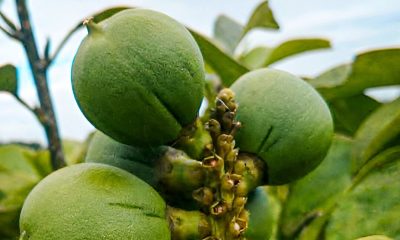Colombia Eliminates Tariffs on 37 categories of Textile and Footwear Raw Materials
The Colombian government has established a zero-percent import tariff on 37 subheadings of raw materials and inputs used in the manufacture of apparel, textiles, and footwear. The measure, which applies to products for which there is no current record of domestic production, is intended to reduce the cost base for the national industry.
The tariff reduction was formalized through Decree 1184 of November 8, 2025 (Decreto 1184 del 8 de noviembre de 2025). This provision will remain in effect for two years and is applicable to imports originating from countries with which Colombia does not have a current trade agreement. The decision followed a recommendation by Colombia’s Foreign Trade Customs & Tariff Affairs Committee (Comité de Asuntos Aduaneros, Arancelarios y de Comercio Exterior).
Diana Marcela Morales Rojas, Minister of Commerce, Industry and Tourism, stated that the policy is designed to support domestic manufacturing. “The apparel and footwear sectors generate employment and productive linkages, primarily benefiting micro and small businesses, and have an export orientation. We seek a level playing field to allow the national industry to compete under improved conditions against imported supply,” said the minister.
The minister explained that the zero tariff on these specific imports constitutes a mechanism to lower production costs and promote the target sectors without negatively affecting producers involved in other segments of the supply chain. She specified that “the measure is limited only to products that are currently subject to a tariff and do not have domestic production.”
The inputs covered by the disposition include, among others: silk yarns; twisted or cabled fiber yarns; textured nylon yarns; other synthetic fiber yarns; wool or fine animal hair yarns; crude or bleached fabrics; other sewing threads of artificial filaments; textured polypropylene yarns; artificial filament yarns; and acrylic or modacrylic staple fibers.
The implementation of the zero-percent tariff is part of a broader government strategy aimed at strengthening the competitiveness of the domestic apparel and footwear industries by addressing a cost disparity in non-produced raw materials.
Photo: textile production (courtesy MinCIT)























